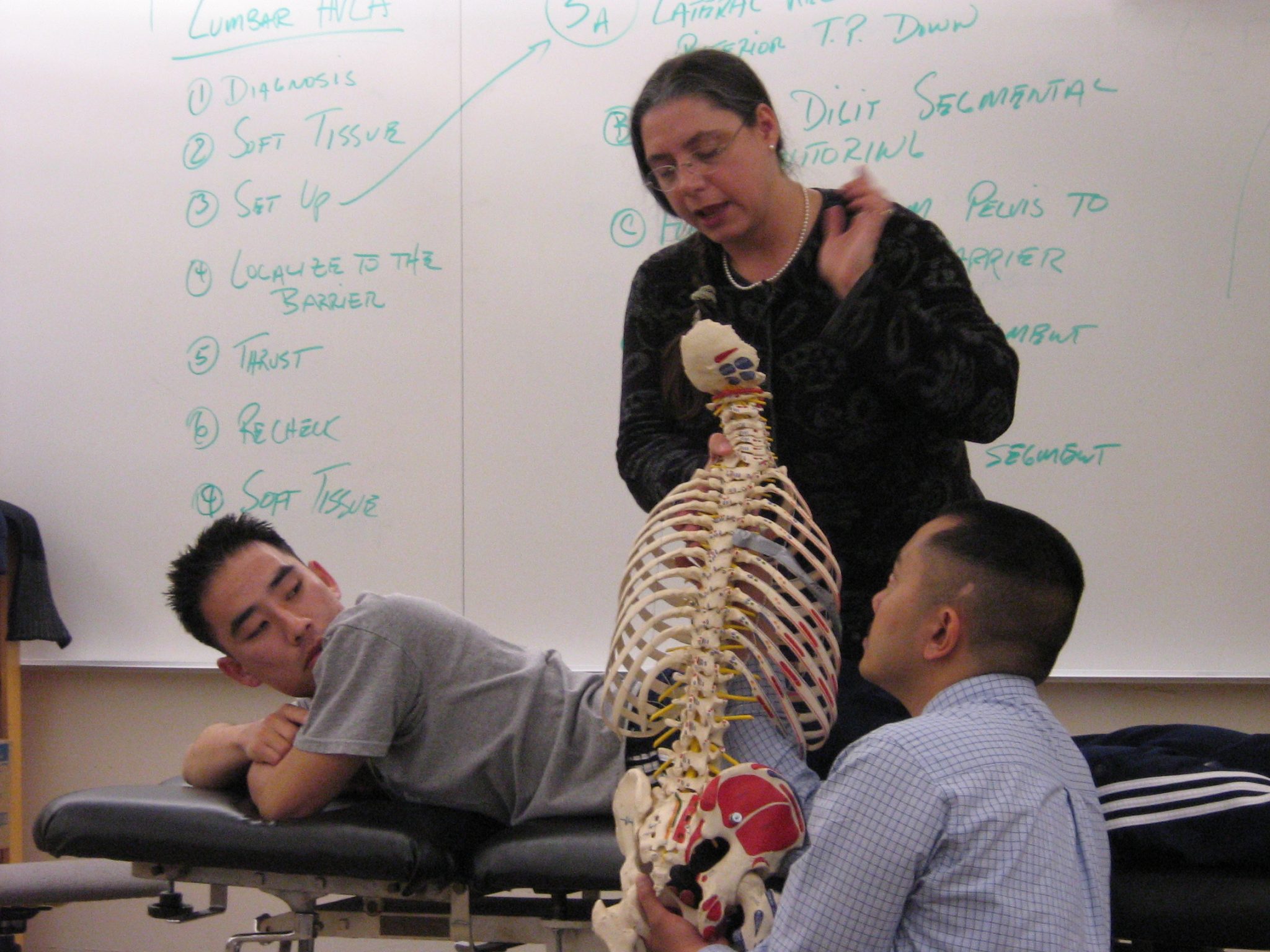
What does an Osteopathic Physician Do?
Osteopathic medicine is a distinct form of medical practice in the United States. Osteopathic medicine provides all of the benefits of modern medicine including prescription drugs, surgery, and the use of technology to diagnose disease and evaluate injury.
It also offers the added benefit of hands-on diagnosis and treatment through a system of therapy known as osteopathic manipulative medicine. Osteopathic medicine emphasizes helping each person achieve a high level of wellness by focusing on health promotion and disease prevention.
Doctors of Osteopathic Medicine or (DO’s) are trained to look at the whole person from their first days of medical school, which means they see each person as more than just a collection of organ systems and body parts that may become injured or diseased.
This holistic approach to patient care means that osteopathic medical students learn how to integrate the patient into the health care process as a partner. They are trained to communicate with people from diverse backgrounds, and they get the opportunity to practice these skills in their classrooms and learning laboratories, frequently with standardized and simulated patients.
Today, when the challenge of ensuring an adequate number of primary care physicians extends to osteopathic medicine, the majority of most osteopathic medical school graduates choose careers in primary care. Osteopathic medicine also has a special focus on providing care in rural and urban underserved areas, allowing DOs to have a greater impact on the U.S. population’s health and well-being than their numbers would suggest. While DOs constitute 7 percent of all U.S. physicians, they are responsible for 16 percent of patient visits in communities with populations of fewer than 2,500.
What should I major in?
Although the majority of Medical Schools do not require a specific undergraduate major, due to the academic preparation required for the MCAT and Medical School application, the most common Pre-Med majors at NMSU are: Biology, Microbiology
Required Courses:
General Biology (BIOL 2610G/2610L and BIOL 2110G/2110L)
General Chemistry (CHEM 1215G and CHEM 1225G)
Organic Chemistry (CHEM 313, 314 and 315)
Biochemistry (BCHE 395)
Physics (PHYS 1230G/1230L or PHYS 2230G/2230L & PHYS 1240G/1240L or 2240G/2240L)
Human Anatomy & Human Physiology: BIOL 353/BIOL 353L and BIOL 354/BIOL 354L or SPMD 2210/2210L and SPMD 3210/3210L
English Composition (ENGL 1110G and ENGL 2210G)
General Psychology (PSY 201G)
Sociology (SOCI 1110G or SOCI 2310G)
Recommended Courses:
Calculus Genetics Immunology Biochemistry II Microbiology Cell Biology Statistics additional Composition and/or Literature Ethics
*Although coursework listed is recommended by most Medical Schools, admissions requirements may vary from school to school. Please check specific medical school admission websites for detailed prerequisite requirements.

